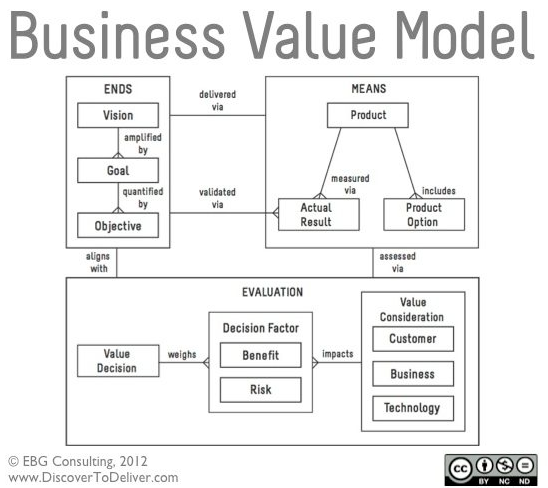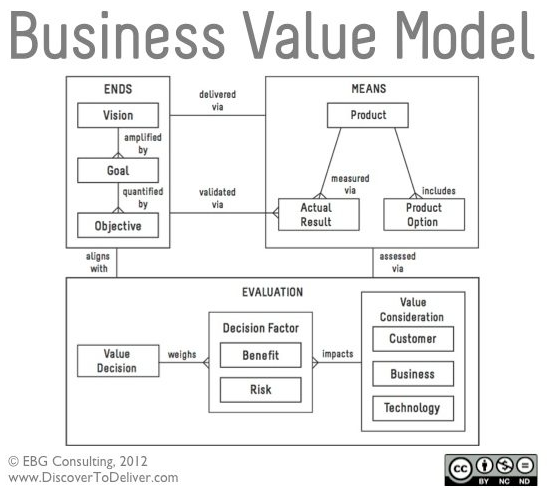Shift Your Business into Drive – Focus with a Balanced Scorecard
To achieve a balanced business perspective consider using a Balanced Scorecard as part of your strategic planning initiative. A Balanced Scorecard is an approach that is used to align your business to the vision, mission, core values and strategy of the organization. The emphasis is to turn strategy into forward thinking actions that the senior team can implement against key performance indicators. To embark on a Balanced Scorecard, the company must have a mission and vision and know their financials, the present business structure and levels of employee expertise. They must also have extensive knowledge regarding customer satisfaction levels.
There are four key elements in a Balanced Scorecard: Customer, learning and growth, financials and business processes.
- Customer: Research has shown that having a customer-centric view focused on satisfaction is one key to success. If the customers aren’t happy they’ll move on. Good or poor customer performance is a leading indicator for the future success or failure of a business. The ultimate question is this: What is the value proposition that you deliver on in your customer markets? Knowing your value as defined by the customer and having a clear understanding of what your customer is willing to pay is essential. This part of the Balanced Scorecard helps you focus on your markets and customers.
- Learning and Growth: This part of the Balanced Scorecard includes your business culture, employee and business attitudes, self improvement initiatives and your investment in employee development. It is known that successful long-term businesses invest in the success of their people. High performance is driven by dedicated happy people. Most organizations today are operating on a knowledge platform. It is the unique knowledge of the people that keeps things going. Unfortunately, when people leave their knowledge leaves too and getting it back is painful. Things to consider include: employee satisfaction, retention, skills, experience and aptitude and the business’s beliefs, values and attitude. Ask yourself this: What kind of infrastructure is needed to foster long-term business success enabling us to grow and change to meet ongoing demands?
- Financials: Data on company financials is important. The key is having the right kinds of data along with timely and accurate information. For management, just having return on investment information might not be enough. As data becomes more centralized, other financial data and key performance indicators become important. For example, consider cost-ease-benefit analysis or risk analysis to consider long-term impact. This is a slight shift that changes thinking.
- Processes: This refers to the internal processes of the organization. Most businesses have a maturity line when it comes to processes. They are usually chaotic, reactive, proactive, service or value providers. These can all be measured. The management team needs to know what is working and what is not working in relation to the customers’ needs and the business mission. Understanding the present state of business processes allows for a focus on a desired future working state that will provide positive, measurable results for the business. The best people to do that work are the people who do the work. The key is to know what existing and future business processes must be focused on to excel as a business.
Having a Balanced Scorecard that is aligned to the mission, vision, core values and guiding principles of the business is an important part of your success. If constructed well it becomes part of a strategy map and a communication tool that allows you to easily share your work and progress with stakeholders. With a Balanced Scorecard you can forward think and create the success you deserve.
Don`t forget to leave your comments below.


